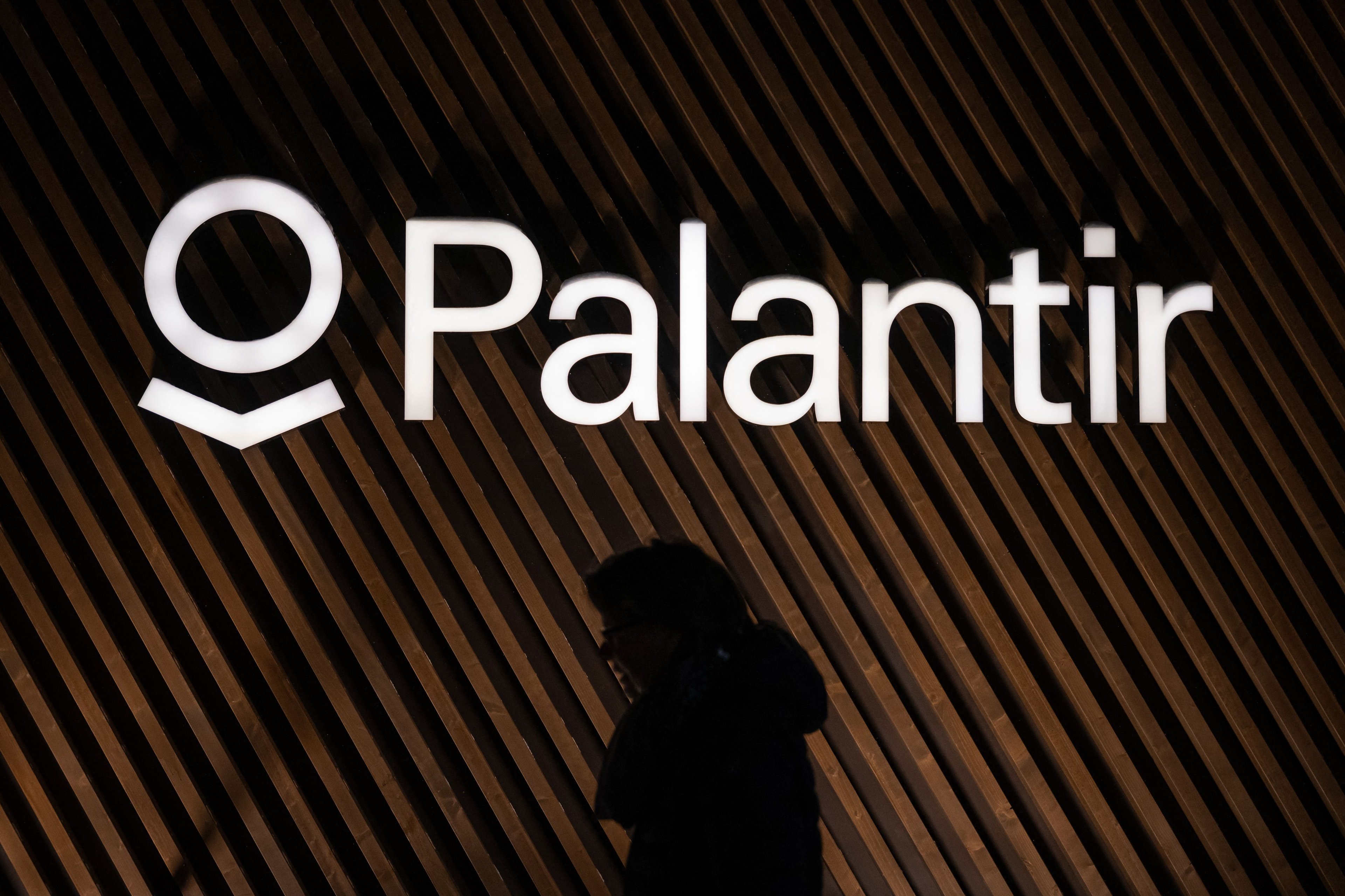Palantir (PLTR +3.42%) has been a polarizing stock ever since its public debut in September 2020. The data analytics company initially dazzled the bulls with its high growth rates, its goal of becoming the "default operating system for data" across the U.S. government, and the expansion of its commercial business. Its stock started trading at $10 per share on the first day and then eventually rallied to an all-time high of $39 during the buying frenzy in meme and growth stocks in January 2021.
Yet Palantir's stock now trades at less than $10. It lost its luster as its growth cooled off and rising interest rates popped its bubbly valuations. At its peak, Palantir had an enterprise value of $68 billion -- a whopping 44 times the revenue it would actually generate in 2021. Its enterprise value has since dropped to $19 billion, but that still doesn't make it a screaming bargain at 9 times this year's sales.
Should investors buy this out-of-favor growth stock as a turnaround play?

Image source: Getty Images.
Is Palantir's business finally stabilizing?
Palantir operates two main platforms: Gotham for its government clients, which include the U.S. military and other government agencies; and Foundry, a commercialized version that primarily serves large companies and organizations. Both platforms gather and analyze large amounts of data from disparate sources.
In the first quarter of 2023, Palantir generated 45% of its revenue from its government business and the other 55% from its commercial business. Here's how the revenue of those two core businesses fared over the past year.
|
Period |
Q1 2022 |
Q2 2022 |
Q3 2022 |
Q4 2022 |
Q1 2023 |
|---|---|---|---|---|---|
|
Government revenue growth (YOY) |
16% |
13% |
26% |
23% |
15% |
|
Commercial revenue growth (YOY) |
54% |
46% |
17% |
11% |
20% |
|
Total revenue growth (YOY) |
31% |
26% |
22% |
18% |
18% |
Data source: Palantir. YOY = Year over year.
Palantir's government business remained relatively stable since government contracts are usually well insulated from macro headwinds. But its commercial business -- which faces stiff competition from comparable platforms like Alteryx -- suffered a severe slowdown throughout 2022. That deceleration challenged the notion that Palantir could expand its commercial business to gradually reduce its dependence on rigid government contracts.
But in the first quarter, Palantir's commercial revenue growth accelerated again as its U.S. business (which accounted for 45% of its commercial revenue) recovered. During the conference call, Palantir's chief business affairs and legal officer Ryan Taylor attributed that reacceleration to its "robust pilot starts and promising conversions," as well as its "meaningful growth and upsell opportunities" among its newer customers. Taylor notably highlighted its recent deals with Hertz and Jacobs Solutions, along with the expansion of several existing deals in the healthcare and packing markets, as leading catalysts.
Palantir's management also mentioned AI more than a dozen times during the call and predicted the growth of "generative AI" platforms like ChatGPT would drive more organizations to deploy their services to crunch massive amounts of data.
Unfortunately, Palantir's outlook suggests its near-term slowdown will persist, with just 12% year-over-year revenue growth in the second quarter. For the full year, it anticipates 14% to 17% growth -- which would mark a deceleration from its 24% growth in 2022 and broadly miss its original target for "30% or greater" annual revenue growth through 2025.

NASDAQ: PLTR
Key Data Points
Generating GAAP profits as its growth cools off
On a non-GAAP (generally accepted accounting principles) basis, which excludes stock-based compensation, Palantir's gross margin held steady year over year at 81% in the first quarter as its operating margin dipped two percentage points to 24%.
But on a GAAP basis, Palantir squeezed out a slim operating margin of 1% -- which marked a 1,000-basis-point jump from a year ago and its first-ever positive operating margin. It also stayed profitable on a GAAP basis for the second consecutive quarter, and CFO Dave Glazer predicted the company would remain "GAAP profitable in each quarter this year."
Palantir's GAAP profits are climbing because it laid off about 2% of its workforce earlier this year and is gradually reducing its stock-based compensation expenses. Glazer still expects its SBC expenses to "trend up through the remainder of the year" as it expands -- but he also said it would "remain focused on GAAP net income and operating profitability."
That outlook makes Palantir look more promising than Alteryx, which is growing at a faster rate but will likely remain unprofitable on a GAAP basis for the foreseeable future.
But is it the right time to buy Palantir?
Palantir's business might be stabilizing, but its stock still looks a bit too expensive relative to its peers at 9 times this year's sales, For reference, Alteryx trades at just 3 times this year's sales. Salesforce, which is growing at a slightly slower clip than Palantir, trades at 6 times this year's sales.
Palantir could keep growing, but its stock could be cut in half again in this rough market before it's considered a bargain. Investors should keep an eye on Palantir, but I don't think it will rally until its revenue growth consistently accelerates again.





